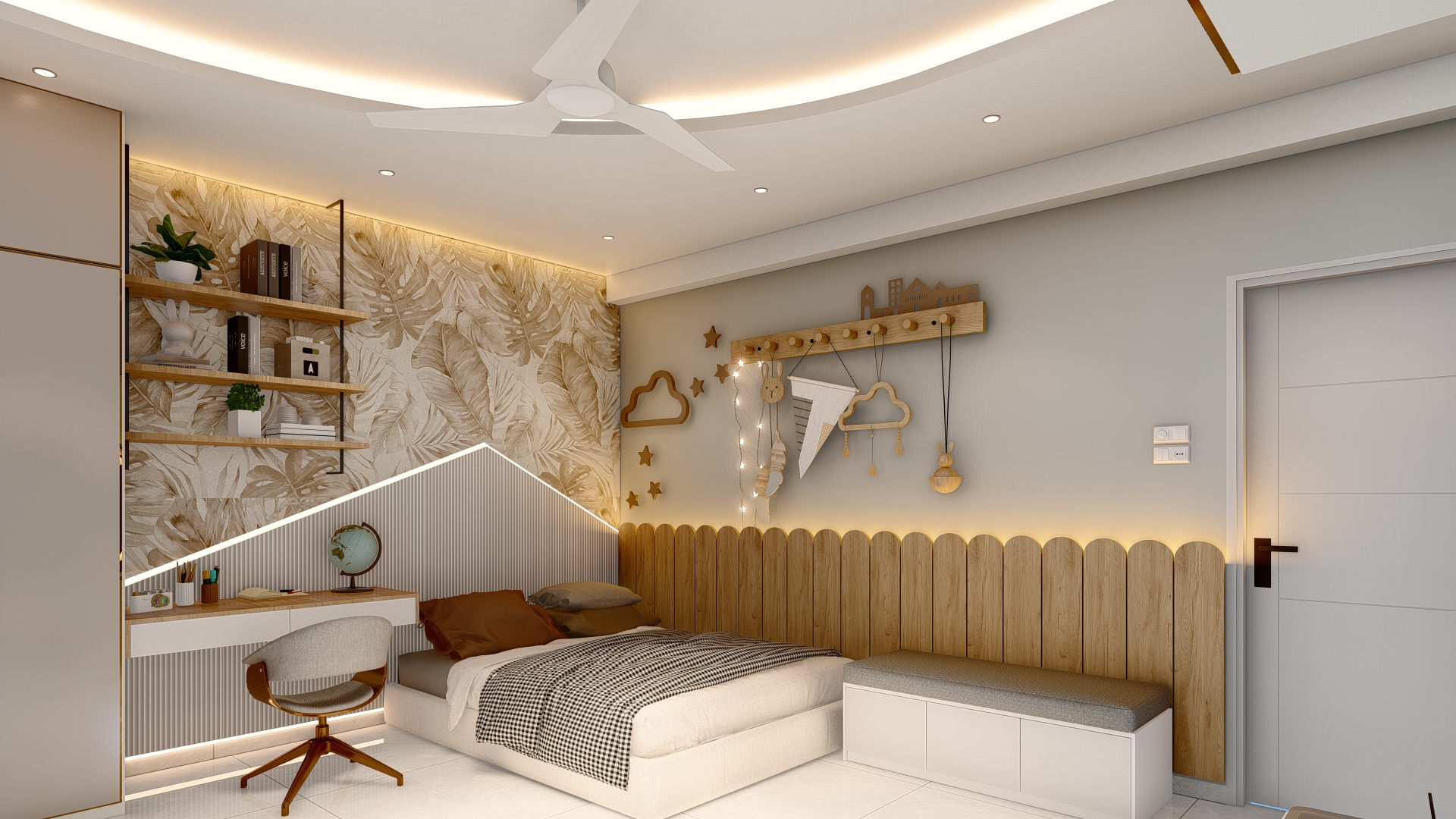
The Enduring Allure of Modern Interior Design:
A Comprehensive Guide
In the ever-evolving world of home décor. Modern Interior Design stands as a timeless and influential style, celebrated for its clean lines. Uncluttered spaces and an inherent sense of functionality. Born from the modernist movement of the early 20th century. This design philosophy rejects the ornate and embraces the simple.
Creating living spaces that are not only aesthetically pleasing but also deeply comfortable and practical. This comprehensive article delves into the core principles of Modern Interior Design. Explores its latest trends and offers practical tips to transform any house into a stylish and functional modern home. The essence of Modern Interior Design lies in its commitment to the principle.
Every element within a modern space should have a purpose, contributing to a harmonious and efficient whole. This doesn’t mean sacrificing beauty for utility; rather. It’s about finding the elegance in simplicity and the artistry in well-crafted, functional pieces. It’s a design style that speaks to a desire for a serene and organized living environment. A tranquil retreat from the chaos of the outside world.
Deconstructing Modern Interior Design: The Core Principles
Understanding the fundamental principles of Modern Interior Design is the first step towards creating a cohesive and authentic modern living space. These principles act as a guiding framework. Ensuring that every design choice contributes to the overall aesthetic and functionality.
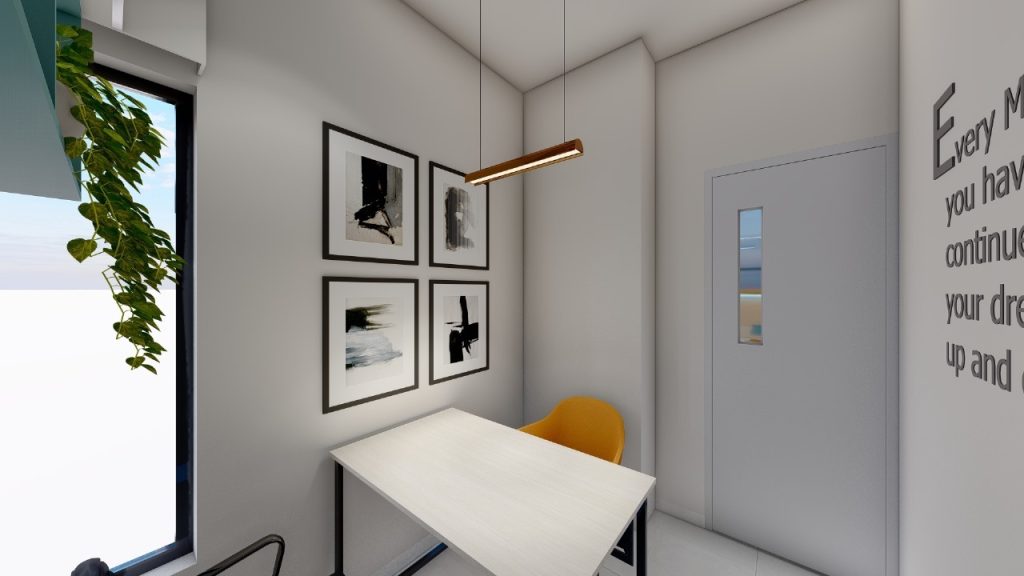
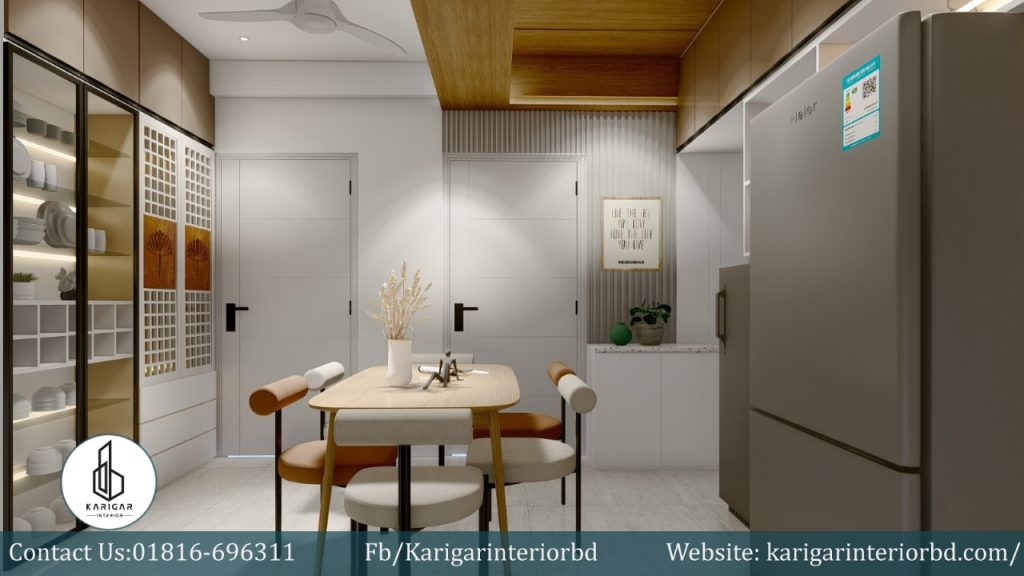
Minimalism as a Mantra:
At the heart of modern design is the concept of minimalism. This is often misinterpreted as creating a cold or sterile environment, but in reality, it’s about intentionality. A minimalist approach means decluttering and curating your possessions. Keeping only those items that are either beautiful or functional, and ideally both.
The Power of the Neutral Color Palette:
Modern interiors are renowned for their use of neutral color palettes. Walls are typically painted in shades of white, beige, gray, or beige, creating a serene and sophisticated backdrop. This doesn’t mean the space has to be devoid of color. Pops of bold, saturated hues are often used as accents. Introduced through artwork, throw pillows, or a single piece of statement furniture.
Embracing the Open Floor Plan:
The concept of the open floor plan is a hallmark of modern architecture and interior design. By removing unnecessary walls and partitions. An open-plan layout creates a sense of spaciousness and flow between different living areas. Such as the living room, dining room, and kitchen.
This not only enhances the feeling of light and airiness but also promotes. A more social and connected way of living. Furniture groupings and area rugs are often used to define different “zones” within the open space.
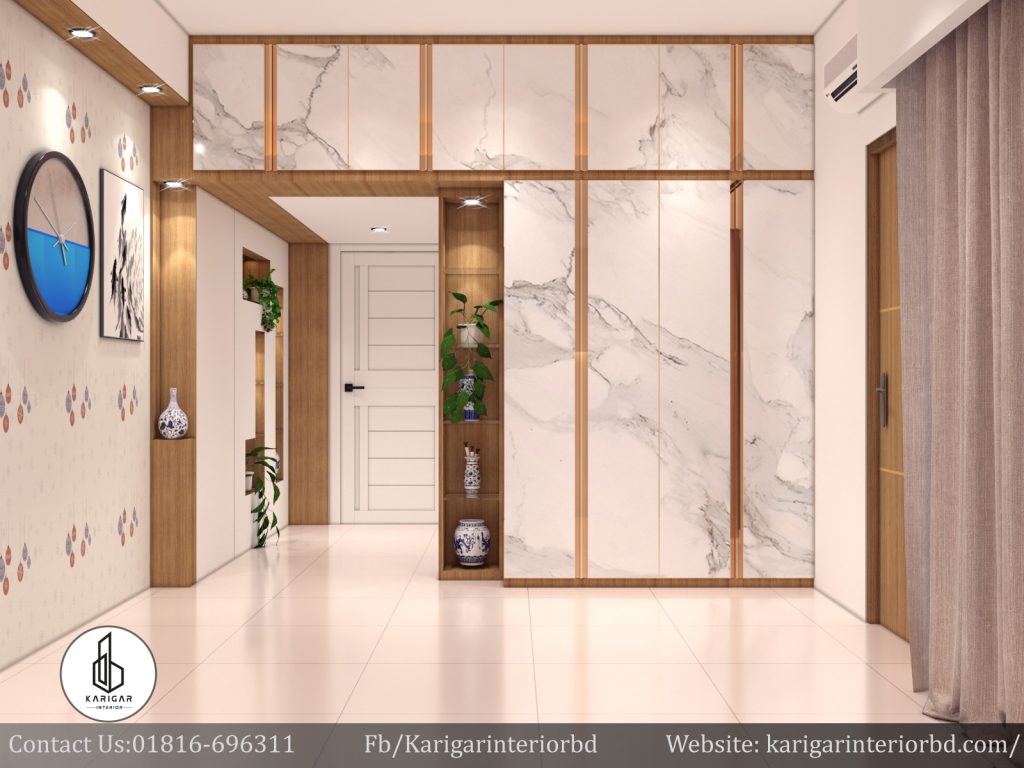
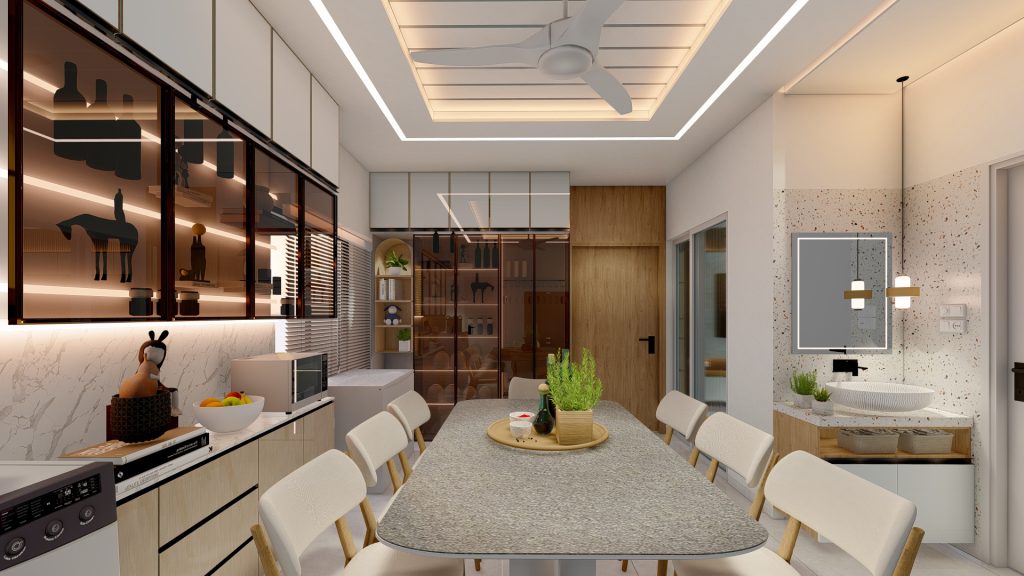
The Warmth of Natural Materials:
To prevent a modern interior from feeling cold or impersonal. The use of natural materials is crucial. Wood, in various finishes from light oak to rich walnut. Brings warmth and texture to floors, furniture, and cabinetry. Other natural materials like stone, leather, and linen are also frequently incorporated. Adding layers of texture and a connection to the natural world.
The juxtaposition of these organic elements with man-made materials like metal and glass is a key characteristic of the style.
Clean Lines and Geometric Shapes:
Modern design favors clean, straight lines and strong geometric shapes. Furniture pieces often have a low profile and are characterized by their simple, unadorned forms. Think of a sleek, low-slung sofa, a rectangular coffee table, and minimalist shelving. This emphasis on clean lines extends to the architectural details of the space.
The Importance of Natural Light:
Large, unadorned windows are a defining feature of modern homes. The goal is to maximize the influx of natural light. Which not only makes a space feel larger and more inviting but also highlights. The clean lines and simple forms of the interior. Window treatments, if used at all, are typically simple and functional. Such as sheer curtains or unobtrusive blinds.
Contemporary Design Trends within the Modern Framework
While the core principles of Modern Interior Design remain constant. The style continues to evolve, incorporating new ideas and trends. Here are some of the current trends that are shaping the modern aesthetic in 2025 and beyond.
Biophilic Design: Bringing the Outdoors In:
A growing trend in all areas of design, biophilic design is particularly. Well-suited to the modern aesthetic. This approach seeks to connect the inhabitants of a space with nature by incorporating natural elements such as indoor plants, living walls, and natural materials. The result is a home that feels not only stylish but also restorative and calming.
The Rise of Curved Furniture:
In a departure from the strictly linear forms of the past, we are seeing a resurgence of curved and organic shapes in modern furniture. Sofas with soft, rounded edges, circular coffee tables, and arched mirrors are becoming increasingly popular. These gentle curves add a sense of softness and comfort to a modern interior, creating a more inviting and relaxed atmosphere.
Sustainable and Eco-Friendly Choices:
There is a growing awareness of the importance of sustainability in all aspects of life, and interior design is no exception. In modern design, this translates to choosing furniture and materials that are ethically and sustainably sourced. This includes using reclaimed wood, recycled materials, and non-toxic finishes.
Investing in high-quality, durable pieces that will stand the test of time is also a key aspect of sustainable design. Look for brands that are transparent about their manufacturing processes and environmental impact.
The Allure of Textural Diversity:
While modern design emphasizes a clean aesthetic, it doesn’t have to be one-dimensional. A key trend is the layering of different textures to add depth and interest to a space. Think of a plush velvet sofa against a smooth concrete wall, a chunky knit throw on a leather armchair, or a fluted glass partition. This interplay of textures creates a richer and more engaging sensory experience.
Smart Home Integration:
Technology is seamlessly being integrated into modern homes, enhancing both functionality and comfort. Smart lighting systems that can be controlled remotely, automated window treatments, and integrated sound systems are becoming increasingly common. The key to successful smart home integration in a modern interior is to ensure that.
The technology is discreet and does not detract from the clean, uncluttered aesthetic.
Practical Tips for Designing a Modern Home: A Room-by-Room Guide
Now, let’s translate these principles and trends into practical tips for designing different areas of your home in a modern style.
The Modern Living Room: A Hub of Style and Comfort
The living room is often the heart of the home, and a modern design can make it a truly inviting and functional space.
- Functional Furniture is Key: Choose a sofa with clean lines and a low profile. A sectional sofa can be a great option for defining a seating area in an open-plan space. Pair it with a simple, uncluttered coffee table and a minimalist media unit. Consider multifunctional furniture, such as an ottoman with hidden storage.
- Create a Focal Point: While modern design is minimalist, it doesn’t have to be boring. Create a focal point in the room with a piece of large-scale abstract art, a sculptural floor lamp, or a fireplace with a simple, clean surround.
- Layer Your Lighting: A successful lighting scheme is crucial in a modern living room. Combine ambient lighting (such as recessed downlights), task lighting (a floor lamp for reading), and accent lighting (to highlight artwork).
- Use Rugs to Define Zones: In an open-plan living area, use a large area rug to anchor the seating area and create a sense of cohesion. Choose a rug with a simple geometric pattern or a solid neutral color.
The Modern Bedroom: A Serene Sanctuary
The bedroom should be a place of rest and relaxation, and the principles of modern design are perfectly suited to creating a tranquil retreat.
- A Minimalist Approach to Bedding: Opt for high-quality, neutral-colored bedding in natural materials like linen or cotton. Avoid excessive pillows and throws; a few well-chosen accent pillows are all you need.
- Sleek and Simple Furniture: A low-profile platform bed with a simple headboard is a classic choice for a modern bedroom. Pair it with minimalist nightstands and a dresser with clean lines.
- Prioritize Storage: To maintain a clutter-free environment, ensure you have adequate storage. Built-in wardrobes with seamless doors are an excellent option.
- Create a Calming Atmosphere with Lighting: Use soft, diffused lighting to create a relaxing ambiance. Dimmers are a must-have in the bedroom. Consider wall-mounted sconces on either side of the bed to free up space on your nightstands.
The Modern Kitchen: Where Functionality Reigns Supreme
The modern kitchen is a model of efficiency and style, with a focus on clean lines, high-quality materials, and smart storage solutions.
- Flat-Panel Cabinetry: Flat-panel cabinet doors are a hallmark of modern kitchen design. They create a sleek, seamless look. Handleless cabinets that open with a push-latch mechanism further enhance the minimalist aesthetic.
- Durable and Stylish Countertops: Quartz, with its durability and wide range of colors and patterns, is a popular choice for modern kitchen countertops. Other options include polished concrete or stainless steel for an industrial edge.
- Integrated Appliances: Integrated appliances that sit flush with the cabinetry contribute to the clean, uncluttered look of a modern kitchen.
- A Functional Layout: The “kitchen work triangle” – the arrangement of the stove, sink, and refrigerator – is a key consideration in any kitchen design. In a modern kitchen, an island can provide additional workspace and seating.
The Modern Bathroom: A Spa-Like Escape
A modern bathroom is a clean, functional, and relaxing space that feels like a private spa.
- Walk-in Showers and Freestanding Tubs: A walk-in shower with a frameless glass enclosure creates a sense of spaciousness. A freestanding bathtub can serve as a stunning focal point.
- Floating Vanities: A floating vanity mounted to the wall creates the illusion of more floor space and contributes to the airy feel of a modern bathroom.
- Minimalist Fixtures: Choose faucets and showerheads with simple, clean lines in finishes like matte black, brushed gold, or chrome.
- Smart Storage: Recessed medicine cabinets and built-in niches in the shower provide discreet and functional storage solutions.
The Future is Sustainable: Eco-Friendly Choices in Modern Design
As we move towards a more environmentally conscious future, the principles of sustainability are becoming increasingly intertwined with modern interior design. This is a natural fit, as both emphasize quality over quantity and a thoughtful approach to consumption.
Making sustainable choices in your modern home can involve:
- Choosing Sustainable Materials: Opt for furniture made from reclaimed wood, bamboo, or recycled metal. Use natural flooring materials like cork or linoleum.
- Investing in Quality: Purchase well-made furniture from reputable brands that will last for years, reducing the need for replacement. Consider vintage or second-hand pieces, which add character and are an inherently sustainable choice.
- Using Non-Toxic Finishes: Choose low-VOC or zero-VOC paints and finishes to improve indoor air quality.
- Conserving Energy: Maximize natural light to reduce the need for artificial lighting. Use energy-efficient LED bulbs and install smart thermostats to regulate your home’s temperature.
Conclusion: Crafting Your Modern Masterpiece
Modern Interior Design is more than just a fleeting trend; it is a design philosophy that has endured for a century because of its timeless appeal and its focus on creating living spaces that are both beautiful and livable. By embracing its core principles of minimalism, functionality, and a connection to nature.
You can create a home that is not only stylish and sophisticated but also a true reflection of your personal taste and a sanctuary for modern living. Whether you are embarking on a full-scale renovation or simply looking to refresh your current décor, the principles of modern design offer a clear and inspiring path to creating a home that is both a work of art and a joy to live in.
The Essence of Modern Living
Modern Interior Design champions a philosophy of simplicity and purpose in every single detail. This approach to home décor prioritizes clean lines, uncluttered spaces, and a calm atmosphere. Functionality is a cornerstone, with each piece of furniture serving a distinct and useful purpose. The result is a living environment that feels both sophisticated and deeply comfortable for all.
The core principles of modern design provide a clear and effective roadmap for creating your space. Minimalism is key, encouraging a “less is more” mindset that values quality over sheer quantity. A neutral color palette, often with bold accents, creates a serene and visually appealing backdrop. Open floor plans are frequently utilized to enhance the sense of space and natural flow within the home.
Natural materials play a vital role in adding warmth and much-needed texture to modern interiors. Wood, stone, and leather are popular choices that bring an organic and tactile element to any room. Large, unadorned windows are a hallmark, maximizing the use of natural light throughout the day. This connection to the outdoors is a defining feature that promotes a sense of well-being and calm.
Designing a Functional Modern Home
The living room in a modern home is a versatile and stylish hub for daily relaxation and socializing. Choose a low-profile sofa with clean lines, complemented by a minimalist coffee table and media unit. An area rug can effectively anchor the seating area and define the space in an open-concept layout. Layered lighting, combining ambient, task, and accent lights, creates a dynamic and inviting atmosphere.
A modern bedroom is designed to be a serene sanctuary, promoting rest and deep relaxation. Opt for high-quality, neutral-colored bedding in natural fabrics like linen or comfortable cotton. A platform bed with a simple headboard and minimalist nightstands maintains the uncluttered aesthetic. Ample storage, such as built-in wardrobes, is essential for keeping the space tidy and organized.
The kitchen is a prime example of modern design’s focus on ultimate functionality and sleek style. Flat-panel cabinetry, often handleless, creates a seamless and very contemporary look and feel. Durable countertops in materials like quartz or polished concrete are both practical and stylish choices. Integrated appliances that sit flush with the cabinetry contribute to the overall clean and modern aesthetic.
Trends and Sustainability in Modern Design
Current trends in modern design are constantly evolving while staying true to its core principles and ideas. Biophilic design, which incorporates natural elements like plants, is becoming increasingly popular in homes. Curved furniture, with its soft and organic shapes, adds a touch of comfort and visual interest. The use of diverse textures, from velvet to glass, adds depth and a rich sensory experience to interiors.
Sustainability is a growing and very important consideration in modern interior design practices today. Choosing furniture and materials from sustainable sources, like reclaimed wood, is a key principle. Investing in high-quality, durable pieces from brands like Herman Miller reduces long-term waste. The use of non-toxic, low-VOC paints contributes to a healthier indoor air quality for everyone.
Smart home technology is being seamlessly integrated to enhance both functionality and overall comfort. Automated lighting and climate control systems offer convenience while maintaining a minimalist design. The goal is to incorporate technology discreetly, so it doesn’t clutter the visual space. Modern design continues to adapt, proving its timeless appeal and relevance in today’s modern world.

